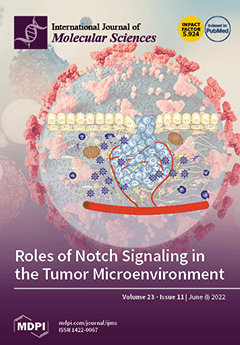Corroborating data sustain the pleiotropic effect of nerve growth factor (NGF) in the protection of the visual system from dangerous stimuli, including ultraviolet (UV). Since UV exposure might promote ocular surface changes (conjunctival inflammation and matrix rearrangement), as previously reported from in vivo studies sustaining some protective NGF effects, in vitro cultures of human conjunctival fibroblasts (FBs) were developed and exposed to a single UV exposure over 15 min (0.277 W/m
2), either alone or supplemented with NGF (1–10–100 ng/mL). Conditioned media and cell monolayers were collected and analyzed for protein release (ELISA, ELLA microfluidic) and transcript expression (real-time PCR). A specific “inflammatory to remodeling” pattern (IL8, VEGF, IL33, OPN, and CYR61) as well as a few epigenetic transcripts (known as modulator of cell differentiation and matrix-remodeling (
DNMT3a, HDAC1, NRF2 and
KEAP1)) were investigated in parallel. UV-exposed FBs (i), showed no proliferation or significant cytoskeleton rearrangement; (ii), displayed a trkA
NGFR/p75
NTR phenotype; and (iii), synthesized/released IL8, VEGF-A, IL33, OPN, and CYR61, as compared to unexposed ones. NGF addition counteracted IL8, IL33, OPN, and CYR61 protein release merely at lower NGF concentrations but not VEGF. NGF supplementation did not affect
DNMT3a or
HDAC1 transcripts, while it significantly upregulated
NRF2 at lowest NGF doses and did not change
KEAP1 expression. Taken together, a single UV exposure activated conjunctival FBs to release pro-inflammatory/fibrogenic factors in association with epigenetic changes. The effects were selectively counteracted by NGF supplementation in a dose-dependent fashion, most probably accountable to the trkA
NGFR/p75
NTR phenotype. Further in vitro studies are underway to better understand this additional NGF pleiotropic effect. Since UV-shield impairments represent a worldwide alert and UV radiation can slowly affect ocular surface homeostasis (photo-ageing, cataract) or might exacerbate ocular diseases with a preexisting fibrosis (pterygium, VKC), these findings on NGF modulation of UV-exposed FBs might provide additional information for protecting the ocular surface (homeostasis) from low-grade long-lasting UV insults.
Full article






